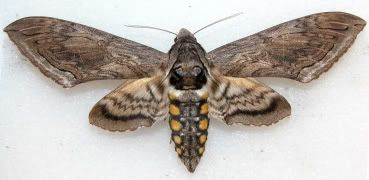- Joined
- Jan 11, 2009
- Messages
- 4,092
... looking like this.
My internet searches thus far... don't turn up anything similar. Is this in any way, shape or form normal?! It is still alive, 24 hours later... so I also need to figure out what to feed it. ANY help would be appreciated...




My internet searches thus far... don't turn up anything similar. Is this in any way, shape or form normal?! It is still alive, 24 hours later... so I also need to figure out what to feed it. ANY help would be appreciated...





